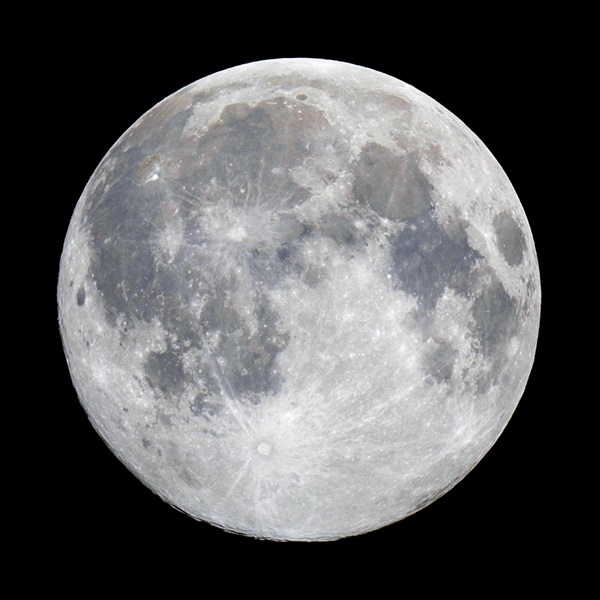The length of time between any two occurrences of the Moon’s phase is always 29.5 days, but thanks to the varying length of calendar months, this means we can occasionally get two Full Moons in one month (except for February); this is indeed called a blue Moon. A blue Moon can also (and more traditionally) refer to the third of four Full Moons in one season. In fact, the former — and much more well known — usage arose from confusion over applying the seasonal rule.
This means that exactly which lunar apparition should be the “blue” one is sometimes up for debate. One can imagine a scenario in which two Full Moons rise in June, but the third Full Moon of summer doesn’t appear until July. Which one should count as the blue Moon?
Astronomically speaking, it doesn’t matter in the slightest, but it makes for some delightful barroom trivia, and exemplifies how language evolves with use.
The New Moon equivalent is usually referred to as a black Moon, and, depending on your nomenclature, one occurred on October 30, following a New Moon on October 1 (both with regard to Universal Time), just in time for an extra-spooky Halloween.
Alternatively, a black Moon can also refer to a month with no Full Moon at all. A simple comparison of the length of the lunar period and the length of calendar months reveals that February is the only month that can host such darkness. This phenomenon next occurs in February 2018.
Associate Editor










